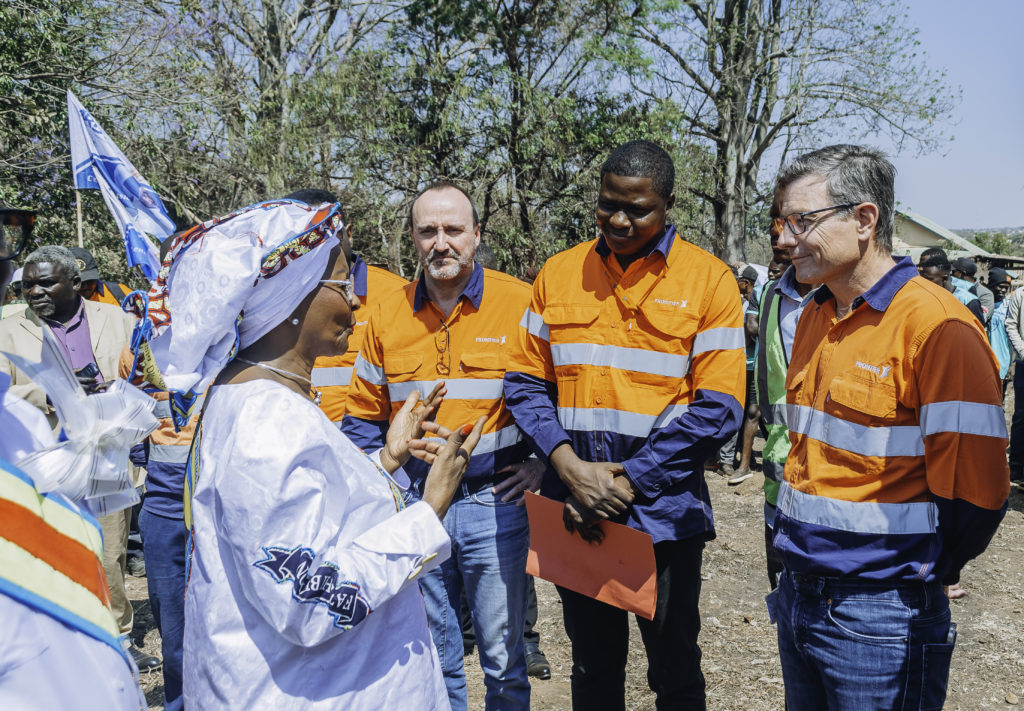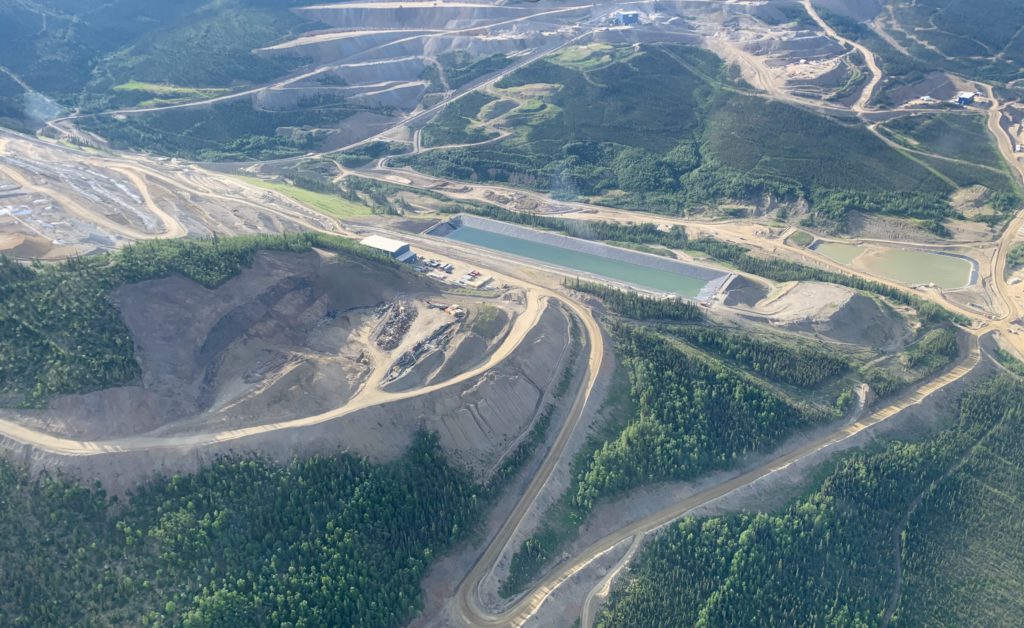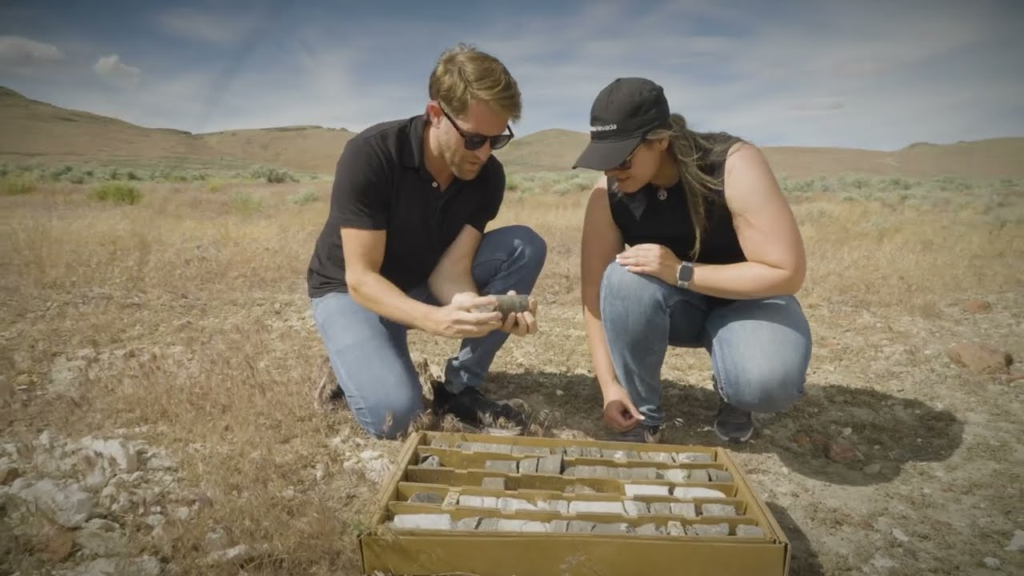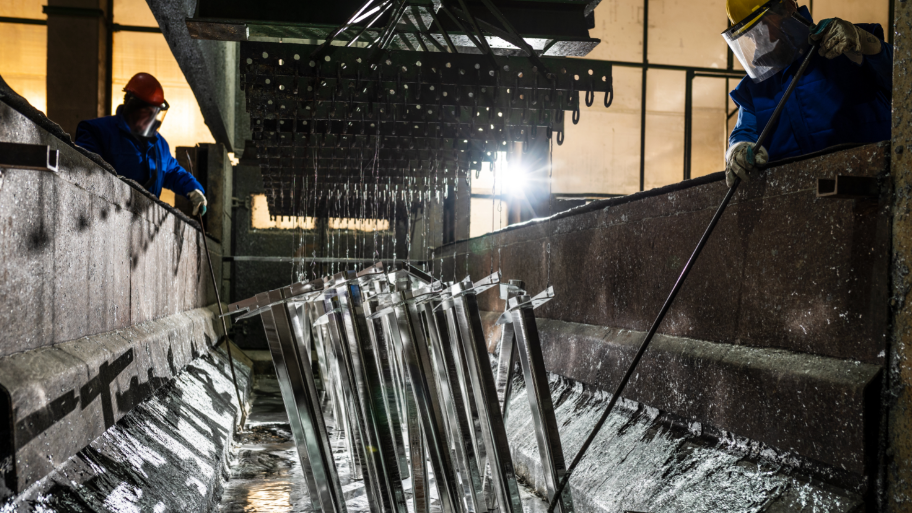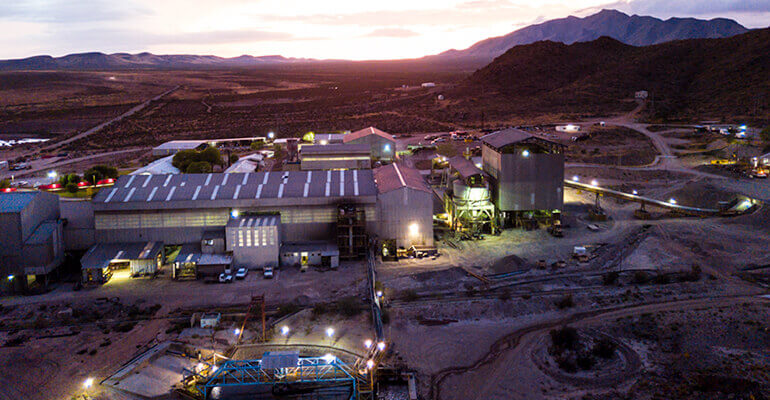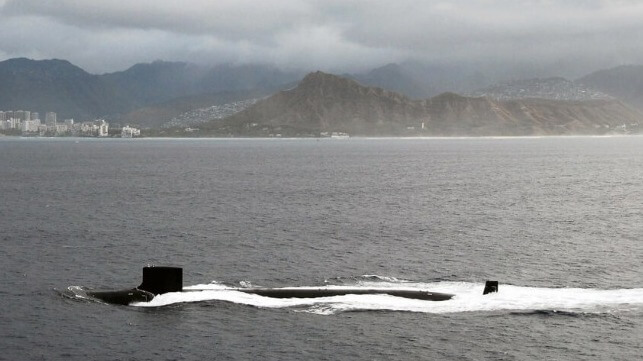Killing Bazaars: The Land Forces Expo Down Under
Between September 11 and 13, the Melbourne Convention and Exhibition Centre (MCEC) will play host to a bazaar of networking and deal making as part of a show that really ought to be called The Merchants of Death Down Under. And the times for these merchants are positively bullish, given that total global military expenditure exceeded US$2.4 trillion in 2023, an increase of 6.8% in real terms from 2022.
The introductory note to the event is, typically in the lingo of the industry, mildly innocuous, even dull. “The Land Forces 2024 International Land Defence Exposition is the premier platform for interaction between defence, industry and government of all levels, to meet, to do business and discuss the opportunities and challenges facing the global land defence markets.”
In greater detail, the website goes on to describe the Land Defence Exposition as “the premier gateway to the land defence markets of Australia and the region, and a platform for interaction with major prime contractors from the United States and Europe.” When it was held in 2022 at the Brisbane Convention and Exhibition Centre, the event attracted 20,000 attendees, 810 “exhibitor organisations” from 25 countries, and ran 40 conferences, symposia and presentations. From 30 nations came 159 defence, government, industry and scientific delegations.
Land Forces 2024 is instructive into how the military-industrial complex manifests. Featured background reading for the event involves, for instance, news about cultivating budding militarists and numb any disturbing tendencies towards peacemaking. And where better to start than in school, where things have yet to even bud? From August 6, much approval is shown for the A$5.1 million Federation Funding Agreement between the Australian government and the state governments of South Australian and West Australia to deliver “the Schools Pathways Program (SPP)” as part of the Australian government’s Defence Industry Development Strategy. The program offers school children a chance to taste the pungent trimmings of industrial militarism: visits to military facilities, “project-based learning”, and attend presentations.
Rather cynically, the SPP co-opts the Science, Technology, Engineering and Mathematics (STEM) aspect of government policy, carving up a direct link between school study and the defence industry. “We need more young Australians studying STEM subjects in schools and develop skills for our future workforce,” insists the Australian Minister for Education, Jason Clare. Hard to disagree with the proposition, but why make things so blatantly easy for the Merchants of Death?
Mutterings of discontent have registered against the Land Forces exposition. Ellen Sandell, a Victorian member of parliament and leader of the Victorian Greens, and Adam Bandt, the federal member for Melbourne and leader of the Australian Greens, have written to the state Premier Jacinta Allan to call off the arms event. The party notes that such companies as Elbit Systems “and others that are currently fuelling … Israel’s genocide in Palestine, where 40,000 people have now been killed – will showcase and sell their products there.” Like most state premiers in Australia, Allan sees dollars before principles, icily dismissing such demands.
The protest outfit Disrupt Land Forces, one that so far boasts 50 different activist collectives, has been gathering some steam. As early as June 4, the publishing outlet Defence Connect reported movement on the activist front, with groups such as Wage Peace – Disrupt War and Whistleblowers, Activists & Communities Alliance planning to rally against the Land Force exposition.
On its website the group writes that it “hassled Land Forces out of Magandjin (Brisbane)” in 2022. The prospects look even better now for a re-run. “Imagine what we can do now, in Narrm (Melbourne).” Various activities are anticipated stretching over a week, a usual mix of carnival, activism, harrying – especially the arms dealers – with the goal of gathering 25,000 people who will ultimately encircle the MCEC and cause a halt to proceedings.
Ahead of the event, the Victorian Labor government, the event’s satisfied sponsor, is already anticipating trouble, seeing the threat to peace from protestors as far more profound than boardroom arms dealers making deals in the shadow of death. A further 1,800 police officers are being mobilised, drawn from the regional areas of the state.
The Victorian Minister for Police, Anthony Carbines, did his best to set the mood. “If you are not going to abide by the law, if you’re not going to protest peacefully, if you’re not going to show respect and decency, then you’ll be met with the full force of the law.” Let’s hope the police observe those same standards.
Warmongering press outlets, The Herald Sun being a perennial stalwart, warn of the “risks” that “Australia’s protest capital” will again be “held hostage to disruption and confrontation” given the diversion of police. Its editorial of August 15 gives the protestors a flatteringly demon tinge, treating the projected number of 25,000 attendees quite literally, swallowing whole the optimistic incitements on the website of Disrupt Land Force group.
The editorial also notes the concerns of unnamed senior members of the police force who fret about “the potential chaos outside MCEC at South Wharf and across central Melbourne”, one that compelled the forces to mount “one of the biggest security operations since the anti-vaccine/anti-lockdown protests at the height of Covid in 2021-21 or the World Economic Forum chaos in 2000.”
Were it up to the editors, protesting activists would do far better to stay at home and let the Victorian economy, arms and all, hum along. The merchants of death could go about negotiating the mechanics of murder in broad daylight; the Victorian government would get its blood fill; and Melbournians could turn a blind eye to what oils the mechanics of global conflict. The forthcoming protests will, hopefully, shock the city into recognition that the arms trade is global, nefarious and indifferent to the casualty count.

